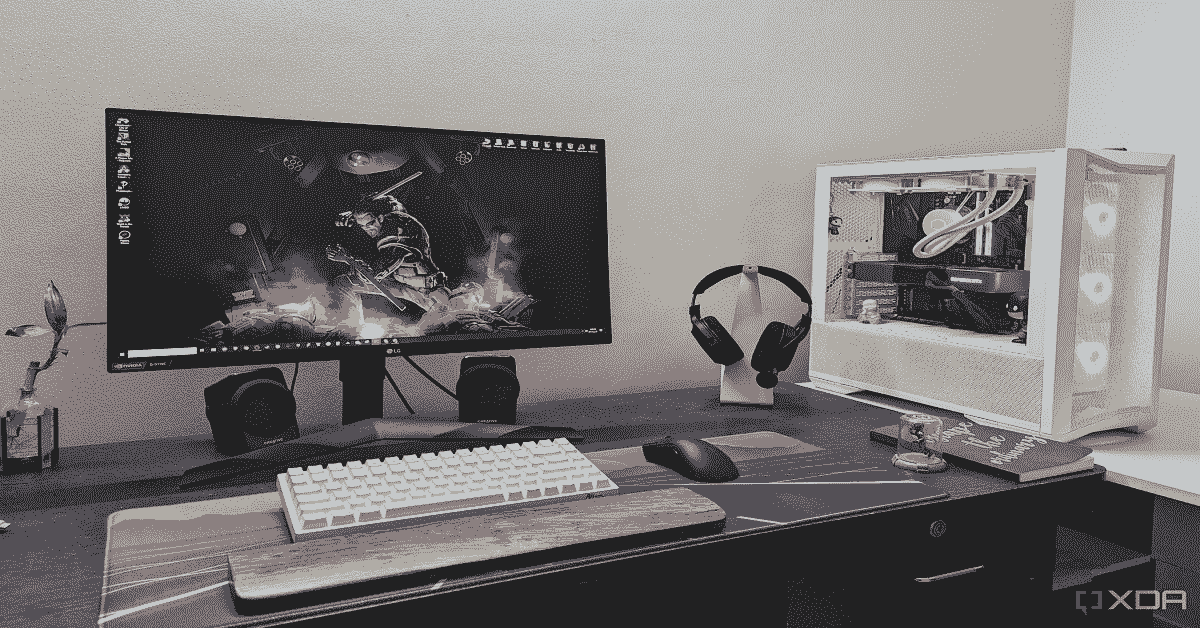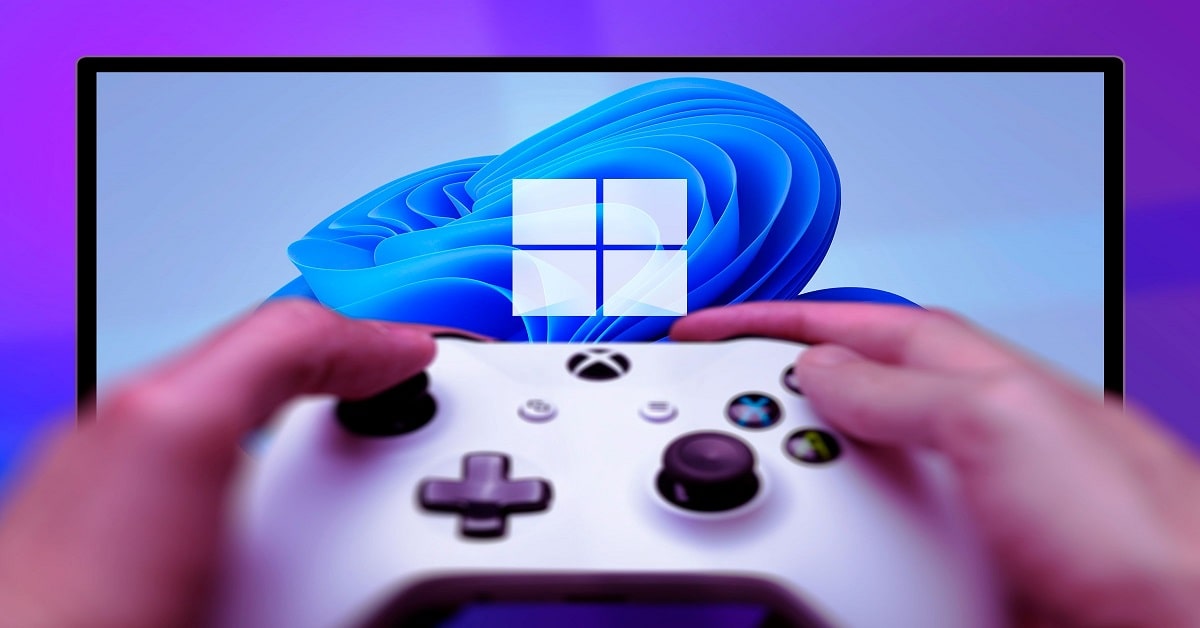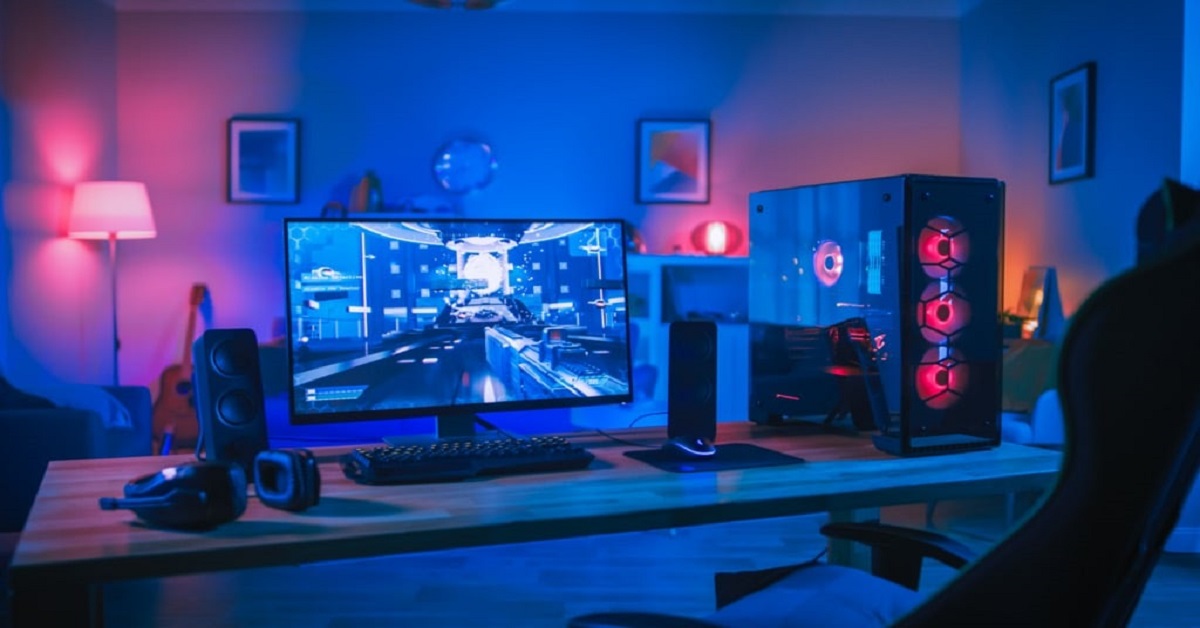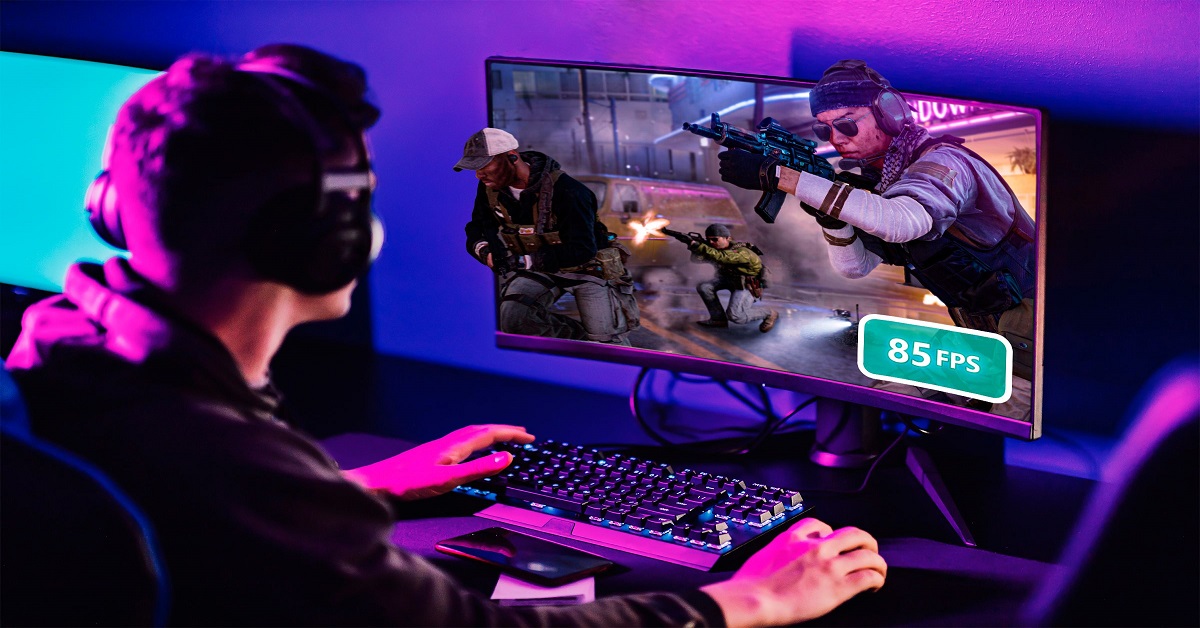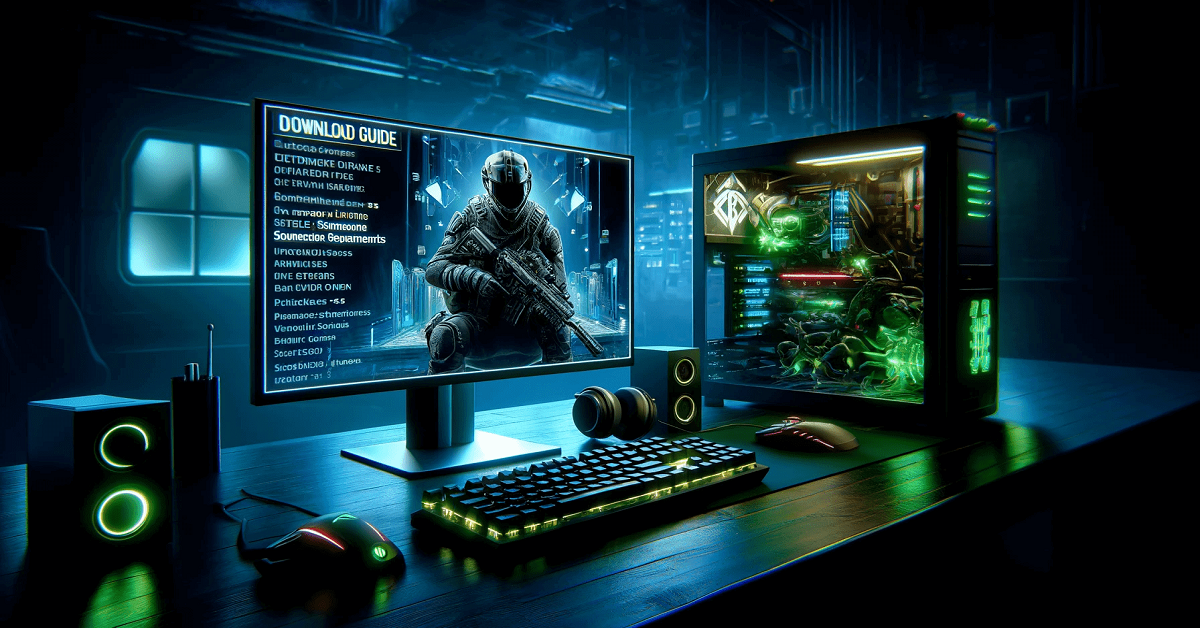Windows 11 has rapidly become a popular choice for gamers due to its interface and modern system. But, several gaming enhancements like DirectStorage, AutoHDR, and Game Mode, most of these features are not fine-tuned for peak performance by default. It is possible that your system is not performing well during games that require higher resources. A study from PC Gamer showed that changing your system settings caused an 18% overall improvement in gaming performance, especially for games that focus heavily on the CPU and GPU, such as Cyberpunk 2077 and Call of Duty. Warzone.
By optimizing Windows 11 for gaming, you can get better frame rates, lower background delays, and a nicer picture, and also keep your system from getting too hot due to less load. Even with older PCs, you can configure them to compete in terms of speed and power with modern gadgets.
Reasons to Optimize Windows 11 for Gaming
While Windows 11 comes with DirectStorage, Auto HDR, and Game Mode for gaming, most of these features are not optimized for the best performance by themselves. Because of this, your computer could not perform well when playing games that require a lot of resources. A new survey carried out by PC Gamer has revealed that, by adjusting their PC’s settings, users improved their gaming performance by on average 18%, most notably in CPU- and GPU-heavy games such as Cyberpunk 2077 and Call of Duty: Warzone.
Optimizing Windows 11 for gaming can help you play at a higher frame rate, lessen any lag in the UI, sharpen how things appear on your screen, and keep your system cooler by minimizing its use of resources. Older machines can be made to work as well as newer ones if the right settings are applied.
1. Enable Game Mode
Windows 11’s Game Mode has been made just for gamers to help their computers perform better while playing games. It achieves its goal by limiting the background activities and sending most of the computer’s resources to run the game at hand. Just go to Settings, open Gaming, and find Game Mode. Tap to bring it to “On.”
Game Mode has been seen to improve FPS by about 5–10% in Valorant and Fortnite, especially when trying it out with a mid-range CPU and GPU, as shown by Tom’s Hardware testing.
2. Turn On GPU Hardware Scheduling
By relying on hardware-accelerated GPU scheduling, your graphics card can manage how its memory is accessed, helping to reduce latency and perhaps improve your gaming. Head to Settings, tap System, and then select Display, go to Graphics, and click Change default graphics settings to activate it. Enable the option called Hardware-accelerated GPU scheduling.
A report by TechSpot reveals that the feature can help players achieve roughly a 3–6 percent boost in frames per second, mostly in games like Assassin’s Creed Valhalla and Red Dead Redemption 2 that require more from the graphics card. It helps out most if you have a computer with NVIDIA’s RTX or AMD’s RDNA 2 graphics cards.
3. Disable Unnecessary Background Apps
Many apps in Windows 11 can take up computer power and memory, even if you’re not using the app. Cloud tools like OneDrive, programs that play various media, and communication programs such as Microsoft Teams are some examples. If you disable these running processes, it can give your computer up to 800 MB of extra RAM and up its performance in games that require a lot of memory.
To control your background apps, open Settings > Apps > Installed Apps and remove or disable all unnecessary programs. You can also bring up Task Manager (pressing the keys Ctrl + Shift + Esc together) and end any apps that are using up a lot of your PC’s resources while you’re playing games.
4. Optimize your PlayStation for the best use of visual effects.
By default, Windows 11 has moving menus, some see-through windows, and things like that to make the screen look nicer. However, these apps use up resources that could have gone to running games. You can adjust your computer’s visual settings by opening the Start Menu, typing in “Performance Options”, choosing “Adjust for best performance”, and then clicking OK.
By updating such a system, you could get between 5 and 8 FPS more on average, which will make it much faster.
5. Change the graphic settings to High or Ultimate Mode
Windows 11, by default, uses a Balanced power plan to keep the system running slowly and use less energy. Moving to the High Performance or Ultimate Performance plan will help your computer use its CPU and GPU resources most effectively. You can change your power plan by opening the Control Panel and going to Power Options.
6. Update Graphics Drivers Regularly
Ensuring that your graphics drivers are updated is key to getting the best speed. Developers of graphics cards usually bring out driver updates that help provide better running and a smoother experience for new video games. You can update drivers using:
- NVIDIA GeForce Experience
- AMD Adrenalin Software
- Intel Driver & Support Assistant
NVIDIA suggests that their Game Ready drivers can boost FPS by up to 15% in Cyberpunk 2077 and Hogwarts Legacy if they are kept up to date.
7. Set Auto HDR on to Get Better Visuals
You can only use Auto HDR in Windows 11 if your display and GPU support it. Go to Settings> System > Display > HDR to enable it. It makes the graphics more appealing without greatly affecting the system’s performance.
Tests of Forza Horizon 5 showed that activating Auto HDR greatly improved visual quality for RTX 30-series cards while only dropping less than 2 FPS. It makes the scenes colorful without slowing down the game’s function.
8. Leaning on DirectStorage cuts down waiting time for scenes to load.
I think DirectStorage is one of the best new gaming features offered by Windows 11. NVMe SSDs now talk to the GPU directly, thus leading to improved game loading times. Support for DirectStorage can reduce how long it takes to load games by almost 40%, as revealed by Microsoft.
To take advantage of DirectStorage, you need the following setup:
- A DirectX 12 GPU
- An NVMe SSD
- Windows 11 installed
Forspoken and Ratchet & Clank are the types of games that come to mind when I think of games similar to Horizon Forbidden West. PlayStation 5 already allows this feature with Rift Apart, and more games are set to adopt it later on.
9. Adjust In-Game Graphics Settings
It’s surprising how the smallest updates made inside the game can have a huge effect. Shadows, reflection, and anti-aliasing can use a lot of your system’s power, so turning them down can make the game run much better. Making your screen show 1080p instead of 1440p can make your FPS in Cyberpunk 2077 or The Witcher 3 increase by up to 40%.
A good rule of thumb: Set shadows and post-processing to about halfway between minimum and maximum, disable the motion blur option, and use FXAA instead of TAA anti-aliasing for better performance without the game’s look suffering greatly.
10. Turn off the Xbox Game Bar and disable background captures.
While you are using the Xbox Game Bar for recording or streaming, it will also reduce the amount of CPU and RAM available to other tasks. The majority of gamers find that they should turn it off, especially if they don’t use it for streaming. Under Settings, go to Gaming > Xbox Game Bar and switch the option off. It’s also important to turn off background recording found under Captures.
11. Adjust the Settings for Display Refresh Rate and Resolution
Having the right monitor refresh rate leads to better and smoother gaming. Go into Settings and then tap on Display, and then tap Advanced Display to choose the highest refresh rate possible. If you are still not getting out of the starting rounds, try reducing the resolution of your screen.
If you go down from 1440p to 1080p with a GTX 1660, framerates could increase by up to 45%, mainly when playing games like Shadow of the Tomb Raider.
12. Keep Windows 11 Updated
Frequently, Microsoft issues updates to make the operating system operate more efficiently and correct any problems found. Ensuring your OS and software are updated helps avoid problems such as crashes and memory leaks. Go to Settings> Windows Update and check that you’re running the most recent version of Windows.
In March of that year, a Windows update solved a crash problem in Hogwarts Legacy, leading to improvements in memory use and the stability of the game by 15 to 20%, based on what users wrote on gaming forums.
Performance Comparison Table
This table highlights how different optimizations can affect performance, based on research:
| Setting or Feature | Performance Impact (FPS Gain) | System Type | Source |
| Enabling Game Mode | +5–10% FPS | Mid-range GPUs (GTX/RTX) | Tom’s Hardware |
| GPU Hardware Scheduling | +3–6% FPS | RTX 30-series / AMD RDNA2 GPUs | TechSpot |
| Disabling Background Apps | +300–800 MB RAM freed | All systems | PC Gamer |
| Best Performance Visual Settings | +5–8 FPS | Low-end to mid-tier PCs | Windows Central |
| Switching to the Ultimate Performance Plan | +10–12% CPU efficiency | Multicore CPUs (i7/Ryzen 7+) | Microsoft Docs + Benchmark tests |
| Updating GPU Drivers | Up to +15% in new games | NVIDIA & AMD GPUs | NVIDIA official site |
| Using DirectStorage | 30–40% faster load times | NVMe SSD + DX12 GPU | Microsoft Dev Blog |
| Lowering Resolution (1440p → 1080p) | Up to +40% FPS | GTX 1060 / RTX 2060 GPUs | TechRadar, Tom’s Hardware |
| Disabling Xbox Game Bar | Smoother gameplay, fewer crashes | All PCs | Reddit & user benchmarks (r/Windows11) |
Conclusion
Getting the best Windows 11 gaming settings for your system is a great way to speed things up. Every little change you make, such as turning on Game Mode and DirectStorage or changing your power plan, can improve gaming performance noticeably. These options boost your PC’s performance in Windows 11 and give you a better and smoother gaming experience.
Regardless of the type of game you play, whether quick-fire shooters or huge worlds to explore, the below advice can make you a better player without spending lots of money on new equipment. Manage the setup, improve its settings, and play games as they were meant to be enjoyed.



